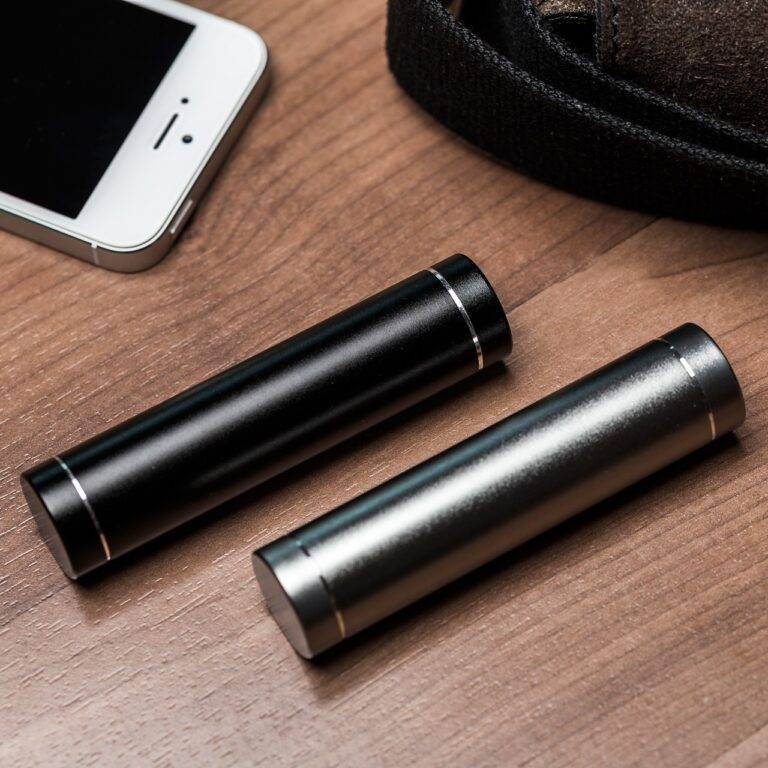Marble Flooring: Elegance, Durability, and Timeless Beauty
When it comes to high-end interior design, Marble Flooring stands out as the ultimate symbol of luxury and sophistication. For centuries, marble has been a material of choice in palaces, temples, and modern homes alike. Its natural beauty, striking veining, and rich color variations make it a top flooring option for homeowners, architects, and designers across the globe.
What is Marble Flooring?
Marble flooring refers to floor surfaces made using natural marble stone, which is a metamorphic rock formed under intense heat and pressure. Composed mainly of calcite, marble is extracted from quarries and cut into tiles or slabs for residential and commercial use.
Each marble tile is unique, showcasing different veining patterns and hues, making marble flooring an artful and elegant addition to any space.
Why Choose Marble Flooring?
There are several compelling reasons why marble flooring remains one of the most sought-after materials for interior and exterior design.
Timeless Aesthetic Appeal
Few flooring options can match the natural elegance of marble flooring. It instantly adds a sense of grandeur and timeless charm to any room.
Versatility in Design
Whether you prefer classic white, bold black, or warm beige tones, marble is available in a wide range of colors and patterns. Marble flooring can complement modern, traditional, and transitional interiors with ease.
Durability and Longevity
Marble is a hard, dense stone that can withstand heavy foot traffic when properly sealed and maintained. With proper care, marble flooring can last for decades.
Value Addition
Installing marble flooring increases the resale value of your property. It signals quality and elegance, which is highly desirable in the real estate market.
Cool Surface for Warm Climates
In regions with hot weather, marble flooring remains cool to the touch, making it ideal for enhancing indoor comfort.
Popular Types of Marble Flooring
Marble comes in many varieties. Here are some of the most popular options for marble flooring:
Italian Marble
Italian marble is prized for its purity, smoothness, and rich texture. Common types include:
-
Statuario Marble: Known for its bold grey veining.
-
Carrara Marble: Soft white with subtle grey veins.
-
Calacatta Marble: Luxurious, with thick, dramatic veining.
Indian Marble
Locally sourced and cost-effective, Indian marble like Makrana and Ambaji offers excellent quality and vibrant colors, suitable for both residential and commercial marble flooring.
Beige Marble
Perfect for minimalist interiors, beige marble brings warmth and subtle elegance to spaces like living rooms and hallways.
Black Marble
Dramatic and bold, black marble with white or gold veins makes a strong visual statement in foyers or accent areas.
Where to Use Marble Flooring
Thanks to its versatility, marble flooring can be used in multiple areas of a home or commercial space:
-
Living Rooms: For a luxurious and inviting feel.
-
Bedrooms: Adds an upscale, serene ambiance.
-
Bathrooms: Water-resistant and elegant, especially when honed or sealed.
-
Kitchens: Durable and easy to clean with proper care.
-
Hallways and Staircases: Durable under foot traffic and visually striking.
Pros and Cons of Marble Flooring
Before installing marble flooring, it’s important to understand its advantages and limitations.
Pros
-
Elegant and luxurious look
-
Natural, unique patterns
-
Long lifespan
-
Cool and comfortable in warm climates
-
Enhances property value
Cons
-
Requires regular sealing to prevent staining
-
Can be slippery when polished
-
Susceptible to scratching and etching from acidic substances
-
More expensive than many other flooring options
Installation Process of Marble Flooring
Proper installation is key to ensuring the beauty and durability of marble flooring.
-
Surface Preparation
The subfloor must be level, clean, and dry before installation. -
Layout Planning
Tiles are dry-laid to ensure a seamless pattern and visual balance. -
Adhesive Application
A suitable marble adhesive is applied, and tiles are set in place with proper spacing. -
Cutting and Fitting
Marble is cut using a wet saw for precise edges and custom fits. -
Grouting
Grout is applied between tiles to fill gaps and provide stability. -
Sealing and Polishing
Once installed, the marble is sealed to protect it from stains and then polished to enhance shine.
Maintenance Tips for Marble Flooring
To retain the beauty of marble flooring, consistent care and maintenance are crucial:
-
Regular Cleaning: Use a pH-neutral cleaner and soft cloth or mop.
-
Avoid Acidic Substances: Lemon, vinegar, and harsh chemicals can etch the surface.
-
Seal Periodically: Apply a quality sealant every 6–12 months.
-
Protect from Scratches: Use mats, rugs, and furniture pads.
-
Immediate Spill Cleanup: Wipe spills right away to avoid stains.
Trends in Marble Flooring Design
Designers are getting creative with marble flooring by experimenting with:
-
Waterjet Patterns: Intricate inlays and mosaics for luxurious interiors.
-
Mixed Materials: Combining marble with wood or metal for unique contrasts.
-
Large-Format Slabs: Fewer grout lines and a more seamless look.
-
Matte Finishes: For a modern, less slippery surface.
Frequently Asked Questions
Is marble flooring suitable for high-traffic areas?
Yes, marble flooring is durable and can handle high foot traffic when properly sealed and maintained. It’s commonly used in hotel lobbies, commercial spaces, and large residential areas.
How does marble flooring compare to granite?
Both are natural stones, but marble flooring offers a more refined, elegant appearance, while granite is more rugged and resistant to scratches. Marble requires more maintenance but provides unmatched luxury.
Can I install marble flooring myself?
Marble installation requires precision, special tools, and experience. It’s highly recommended to hire professionals to ensure a seamless and long-lasting installation.
Is marble flooring expensive?
Yes, marble flooring is more expensive than many other flooring types, but it offers high aesthetic value, durability, and a luxurious feel that justifies the investment.
How often should marble flooring be sealed?
Typically, marble flooring should be sealed every 6 to 12 months depending on usage and traffic. Sealing protects the surface from stains and water damage.
Does marble flooring stay cool?
Yes, marble naturally stays cool, making it ideal for warmer climates or homes seeking energy efficiency.
Conclusion
Marble flooring remains a premier choice for those seeking elegance, durability, and timeless beauty in their interior design. From classic Italian marble to locally sourced Indian varieties, the options are diverse and customizable. While it requires care and maintenance, the rewards—both aesthetic and practical—are significant. Whether renovating a modern space or designing a traditional one, marble flooring adds unmatched value and sophistication to any environment.







